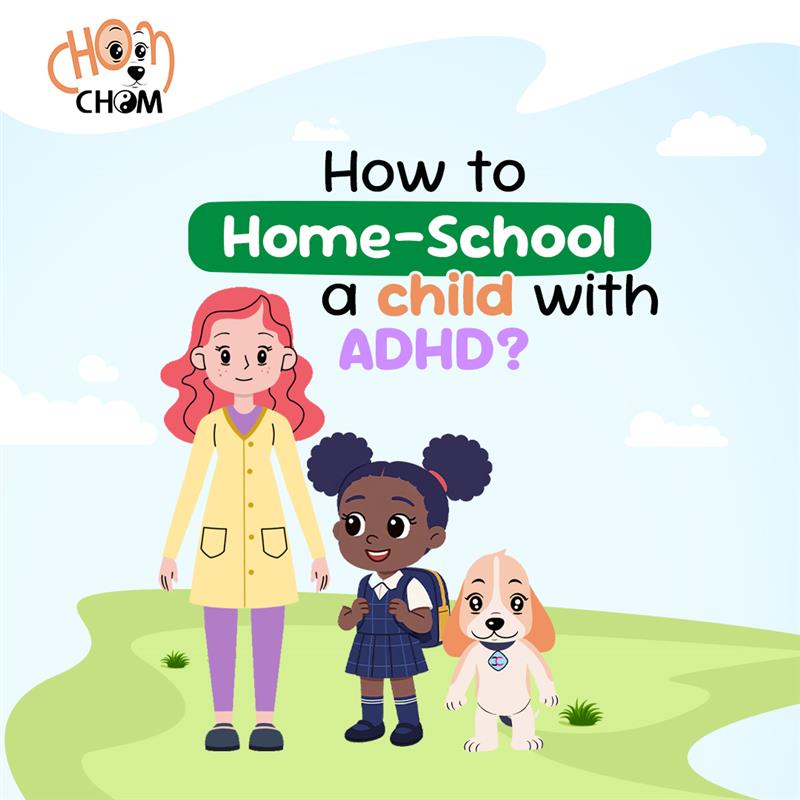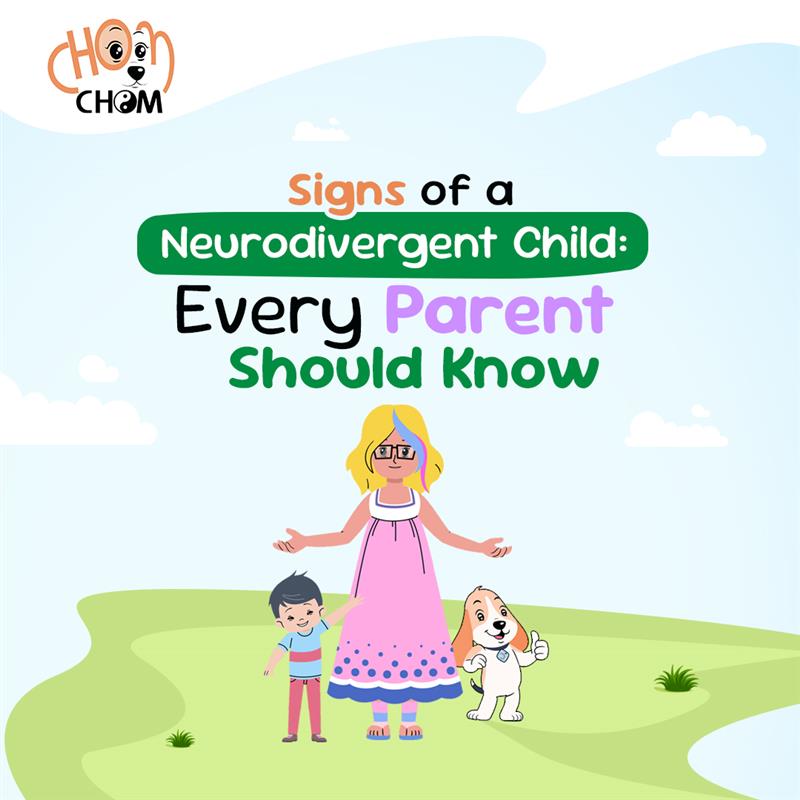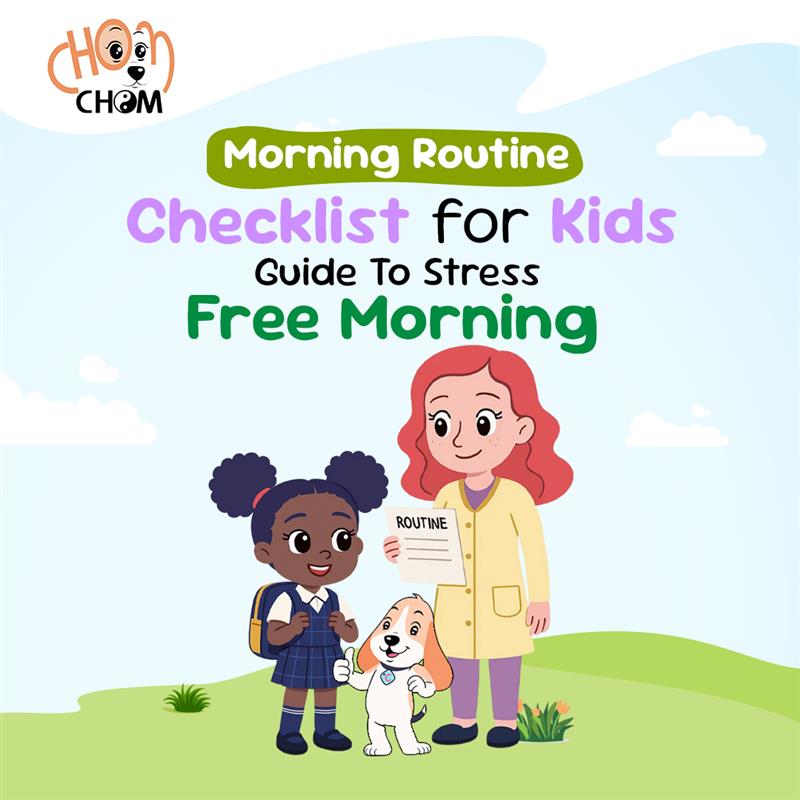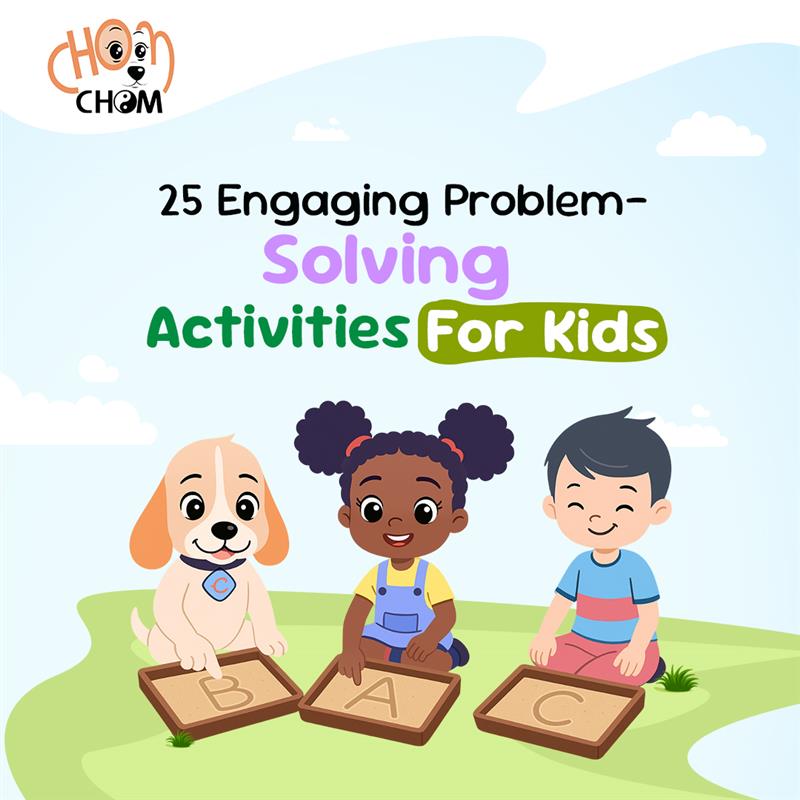
As parents, it is our responsibility to raise children in a safe and peaceful environment. A space where they are free to think, act, make mistakes, and grow.
While our roles play a crucial part, your child’s state of mind also plays a significant role. The brain is the most powerful element in the body. It controls every emotion – from happiness to sadness, and restlessness to attention. As a young mind just exploring the world around, tackling these is a struggle.
Oftentimes, when children are expected to behave in a particular manner, follow the rules, and deliver focus, they simply struggle. We tend to see increased lack of focus, stress, and symptoms of ADHD.
Here is where meditation, mindfulness, and awareness come into play. They have become powerful practices, helping children regulate their emotions and improve attention.
In this article, we will explore why mindfulness and meditation are crucial practices for young minds. We will also explore how neurodiverse children can benefit from these therapeutic practices.
For a parent, here is the perfect guide to helping your child embrace mindfulness meditation for emotional regulation.
What is Mindfulness and Meditation?
At its core, mindfulness is about helping your child practice full attention to the present moment. It is helping them notice what’s happening right now – from vision to auditory, feelings, and sensations.
Mindfulness in children is a superpower that allows them to pause and experience everything around them. For instance, enjoying the food they are eating or making the most of the thrill during games.
Similarly, meditation is a structured practice that allows focus and cultivates mindfulness. They are true and tested techniques to help kids stay constantly aware of the present.
Meditation, mindfulness, and emotional strength in children are valuable capabilities. They help them understand their inner world, cultivate peace, and develop values as they grow up.
Why Mindfulness And Meditation Are Important For Kids?
The present era of kids faces a constant barrage of stimulation, from digital screens to academic pressures. The constant needs to stay ahead stirs feelings of overwhelm, anxiety, and distraction. It becomes more evident in neurodiverse kids who struggle with attention in general.
Here is precisely where mindfulness and meditation step in as invaluable tools.
The meditative practices help children develop emotional regulation. Imagine a child who can recognize feelings of anger or frustration and respond to them in a controlled manner. They can pause, breathe, and choose a more constructive response.
Mindfulness activities teach them to observe these strong emotions without being consumed. They do not become troublesome children or throw tantrums. The practices empower them to respond thoughtfully rather than reactively.
Furthermore, neurodiverse kids struggle the most with attention and focus. Their short attention span fails to keep them in the moment.
Meditation mindfulness practices enhance their ability to concentrate on tasks. Whether it focuses on the gameplay or understanding schoolwork. The calm and composure skills help them navigate the complex emotions with clarity.
How Mindfulness and Meditation Help Kids Stay Calm?
Mindfulness and meditation are not just trendy buzzwords. They are powerful, evidence-based practices that help children navigate their inner landscape.
Let’s explore the specific ways these practices contribute to a calmer, more balanced child –
Reducing Stress
Children face fewer life struggles than adults. However, they can still experience steady stress. Academic pressures, social dynamics, family changes, and constant stimulation leave them feeling overwhelmed.
Mindfulness offers a direct antidote to this stress. It teaches children to anchor themselves in the present moment.
Instead of failing to understand their feelings and reacting negatively, they acknowledge it. Mindfulness can take many forms – from simple breathing exercises to digital meditation sessions. Each of these activates the body’s relaxation response and calms the nervous system.
More Effective Emotional Regulation
The most significant benefit of mindfulness is the development of effective emotional regulation.
Young children experience intense emotions, including anger, frustration, and sadness. They lack the cognitive tools to understand or manage these feelings constructively.
Mindfulness teaches them to name and manage their emotions without judgment. For example, noticing “I am feeling angry” rather than “I am angry” – children create a crucial space between the emotion and their reaction.
Meditation practices provide a safe environment for children to sit with uncomfortable emotions. It helps them realize that feelings are temporary and will pass.
This foundational understanding empowers them to choose how they respond to an emotion. Rather than being swept away or throwing a tantrum, they learn to manage meltdowns.
Enhanced Focus and Attention
During meditation, children are guided to focus on a single point, like breathing, a sound, or a visual.
When their minds wander (which inevitably will), they are gently encouraged to bring their attention back. The repetitive act of returning focus is a constant training of the brain’s attention span.
Over time, this translates into improved concentration in the classroom. They tend to improve during playtime, exhibiting an increased ability to complete tasks.
For children struggling with Attention-deficit hyperactivity disorder, these practices can be particularly transformative. They offer a non-pharmacological pathway to improved cognitive control.
Polished Social Engagement Skills
Mindfulness cultivates self-awareness, a fundamental aspect of healthy social engagement. When children are mindful, they are more present in their interactions. They listen more attentively, observe non-verbal cues accurately, and respond with greater thought.
This increased emotional intelligence fosters compassion, reduces conflicts, and promotes meaningful relationships.
Achieve Healthier Sleep
Sleep is a cornerstone of a child’s health and well-being. However, neurodiverse children struggle with falling asleep or staying asleep due to an overactive mind.
Mindfulness meditation practices offer effective strategies to calm the mind. Guided meditations for sleep soothe active imagination, replacing anxious thoughts with peaceful imagery.
Teaching children breathwork techniques before bed helps slow their heart rate and calm the nervous system.
Regular practice can establish a calming bedtime routine. They can help children achieve deeper and more restorative sleep.
Enhanced Self-Awareness
One of the most profound and lasting benefits of mindfulness and meditation is the enhanced self-awareness it fosters. This is not about knowing what they like or dislike. It is rather about understanding their inner world – thoughts, feelings, sensations, and interactions.
Mindfulness encourages children to become curious and non-judgmental observers of their experiences. They learn to identify stress triggers, recognize thinking patterns, and understand emotions.
Self-knowledge is empowering, as it gives children a strong sense of identity. It fosters self-compassion and resilience, enabling individuals to navigate life’s challenges more effectively.
How to Create a Supportive Mindfulness and Meditation Environment?
Introducing mindfulness and meditation to children is a journey that requires patience and understanding. As a parent, you cannot force them into building a calm routine that enables emotional regulation.
It is about creating a space that makes your child feel safe, understood, and not forced into habits. The plan is to create a supportive environment and the right conditions that benefit their mental health.
Find a Quiet Spot
The first step in fostering a successful mindfulness practice is creating a dedicated calm corner. The quiet spot does not need to be an entire room. It could be a comfortable cushion in a bedroom, a cozy nook in the living room, or even a designated spot in the garden.
The key is to create a distraction-free zone for your neurodiverse child. Explain to your child that this is their special place for quiet time, reflection, or simply having some ‘me time.’
While explaining me-time can be difficult, focus on the comfort part. Here, they are free to explore their ideas, emotions, and more, and there is no one to judge them.
A consistent visit to this room enables the first step to mindfulness and meditation.
Start Small
When introducing mindfulness and meditation to children, remember their attention spans are short. The biggest mistake is to expect them to sit still for long periods.
Begin with very short sessions – even just 30 seconds to a minute for very young children. You can gradually increase the duration as their focus and comfort grow.
For instance, you can make them listen to different sounds or focus on breathing exercises. The goal is to make it an enjoyable and accessible experience, rather than overwhelming.
Be Consistent
Consistency is more important than the duration of building these new habits. Hence, mindfulness is no exception.
Incorporate short mindfulness moments into your child’s daily routine. This could be a few minutes before bedtime to help them wind down. It can also be a quick, mindful moment before school to set a calm tone for the day.
The regularity normalizes the practice and integrates it seamlessly into their lives. Children thrive on routine, and knowing that mindful time is regular helps them anticipate and embrace it.
Do not worry, if you miss a day, simply pick up where you left off the next day.
Model Mindfulness
Children are incredible observers, and they learn best by example. The most effective way to support your child’s mindfulness journey is to be an active participant in it.
Let your child see you taking mindful breaths, noticing your surroundings, or engaging in your meditation.
Talk about your experiences. “I’m feeling a bit stressed, so I’m going to take a few deep breaths to help me feel calmer.” “These apples taste delicious, don’t you think?”
When children see you valuing and benefiting from mindfulness, they are likely to be curious about it. A shared experience strengthens the bond and creates a supportive culture around well-being.
Guided Meditation Apps and Resources
For many children and parents, guided meditation apps and online resources can be incredibly helpful. These resources provide age-appropriate meditation sessions, powered by engaging stories and imaginative scenarios. These keep the young minds immersed and make meditation a fun practice.
Apps like ChomChom provide a structured yet playful way to introduce mindfulness techniques. It offers meditation sessions for sleep, anxiety, focus, or simply for relaxation.
Exploring these skill development games and techniques can be a bonding experience for a parent and a child.
Practical Tips for Mindful Families and Teachers
Bringing mindfulness into the daily lives of children, whether at home or in the classroom, does not require grand gestures.
It’s about incorporating intentional practices into existing routines. For families and teachers, fostering a mindful environment impacts a child’s ability to stay calm and resilient.
Here are some practical tips to get started –
Establish a Daily Routine
Consistency is key when introducing new habits, and mindfulness is no different. Establishing a brief, daily routine helps integrate mindful moments naturally. It does not mean adding another stressful item to an already packed schedule.
Instead, consider introducing mindfulness in short, predictable moments. For families, this could be a two-minute mindful moment. For teachers, it might involve starting the day with a few deep breaths or a short guided visualization after lunch.
The regularity helps children anticipate and embrace these moments, making them a natural part of their day.
Practice Mindful Listening
In our busy lives, truly listening often takes a backseat. Mindful listening is a powerful way to enhance attention and connection.
At home, try a listening game where one person speaks for a minute about their day, and everyone else listens without interrupting.
This teaches active listening and empathy. In the classroom, teachers can incorporate mindful listening during story time or discussions.
Encourage children to close their eyes and listen to the sounds around them for 30 seconds. Ask them to share what they noticed.
Such a practice sharpens auditory awareness and fosters a deeper appreciation for their surroundings.
Cultivate Gratitude Daily
Gratitude is a powerful emotion that shifts focus from what is lacking to what is abundant. It promotes positive feelings and reduces stress.
Encourage children to acknowledge things they are grateful for every day. At home, this could be a gratitude jar where family members write down one thing they’re thankful for before dinner. It can also be a simple conversation during bedtime.
In the classroom, a gratitude circle where each student shares one thing they are grateful for can set a positive tone. Such a practice helps children recognize the good in their lives. It fosters a more optimistic outlook and a greater sense of contentment.
Engage in Kindness Meditation
Teaching children compassion is a cornerstone of emotional well-being. Kindness meditation, also known as loving-kindness meditation or Metta meditation, is a profound practice. It involves repeating phrases that wish well-being, happiness, and peace to oneself, loved ones, and people.
For children, this can be a task of thinking of someone they love and wishing them well. In the classroom, a teacher might lead a brief kindness wish for the entire school community.
The goal is to cultivate empathy, reduce negative emotions, and foster a compassionate environment.
Nurturing a Calm Tomorrow with ChomChomTech
Equipping our children with the tools of mindfulness and meditation is more than managing daily challenges. It is about laying the groundwork for a generation to be resilient, empathetic, and present. These practices help reduce stress and enhance focus, enabling children to develop their skills more effectively.
The present era constantly demands attention, leaving children feeling overwhelmed. Giving children the gift of self-awareness and emotional regulation is one of the most valuable things we can do as parents and educators. It’s about teaching them to navigate their inner world with curiosity and compassion. The mindfulness exercises empower them to respond to life’s ups and downs with greater calm and clarity.
ChomChomTech is committed to nurturing children with neurodiverse minds. Explore our mindfulness games and activities to help your children develop their skills smartly and engagingly. We aim to help children with ADHD assess their emotions and tackle behavioral challenges.
Download the ChomChom app to learn more about our meditation mindfulness games!
Frequently Asked Questions
Mindfulness helps children manage anxiety by teaching them to observe anxious thoughts and feelings without judgment, allowing them to recognize and acknowledge them without becoming overwhelmed. It creates a space to respond rather than react impulsively.
Mindfulness games and exercises equip them with tools to calm their nervous system and tread positively.
Children can start practicing simple forms of mindfulness and meditation as early as preschool. They must focus on very short, engaging activities.
Formal meditation practices can be gradually introduced as they grow older. While growing up, they can adapt to the duration and complexity of these exercises.
Yes, mindfulness and meditation are generally considered safe and beneficial for children. However, these must be introduced in an age-appropriate and gentle manner.
It is not about forcing stillness but fostering self-awareness and emotional regulation.
Yes, meditation, particularly mindfulness practices, can be beneficial for children with ADHD. They help improve their ability to focus, manage impulsivity, and regulate emotions. Regular practice can enhance attention span and reduce symptoms of hyperactivity.







